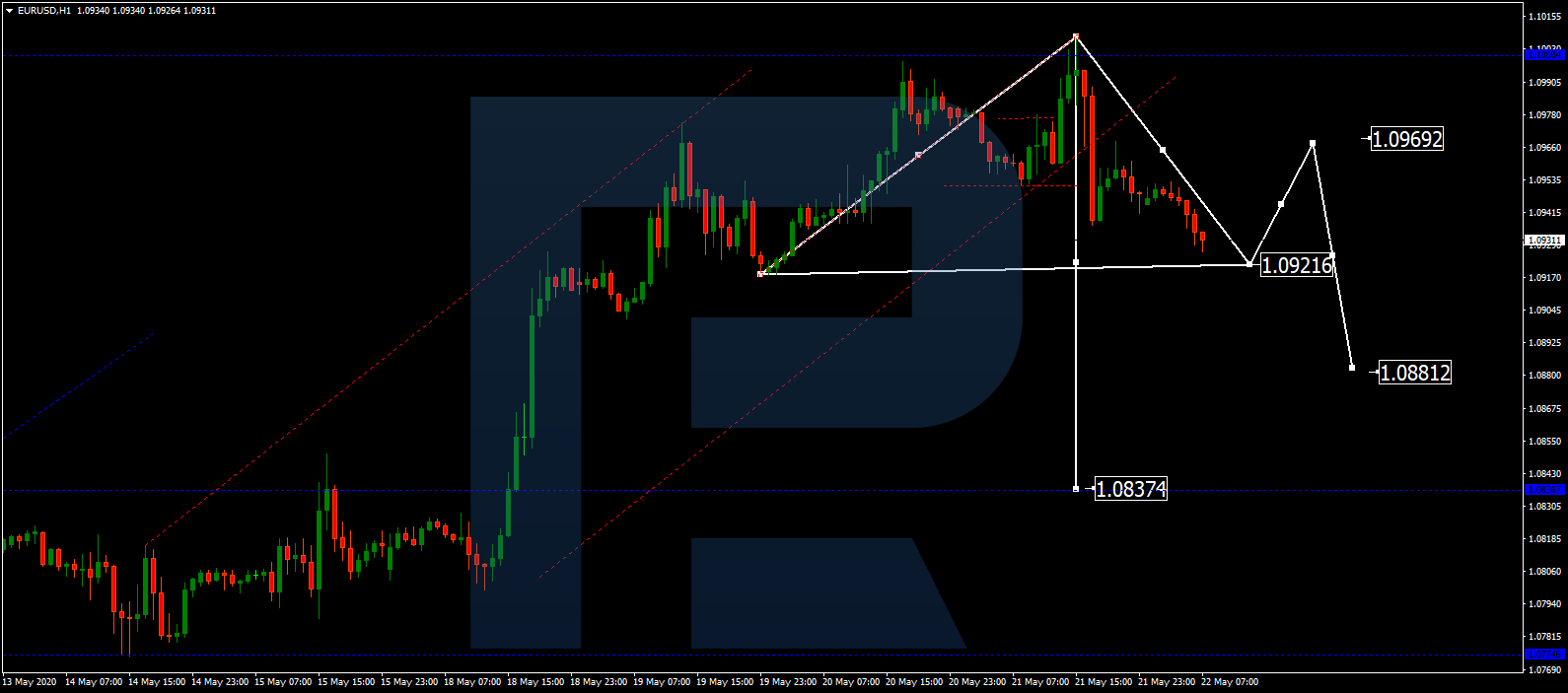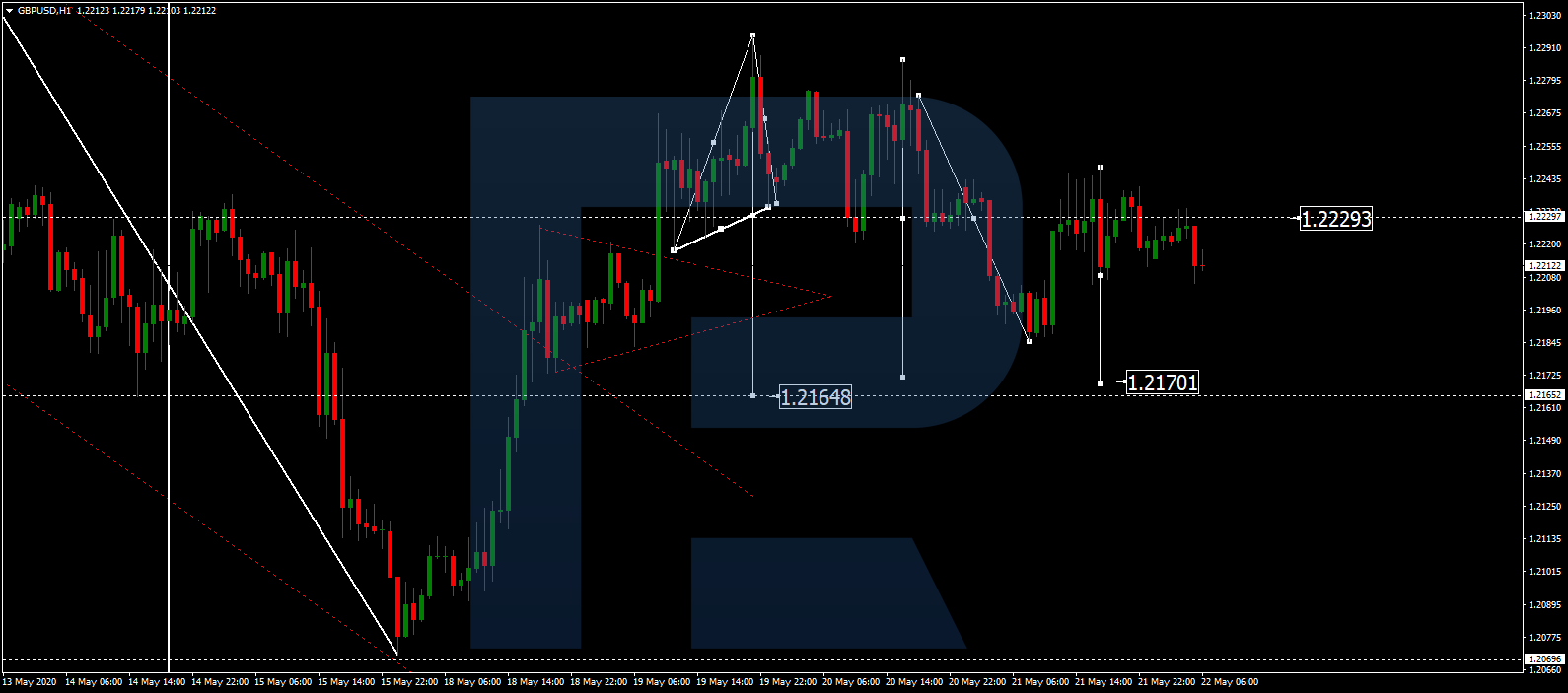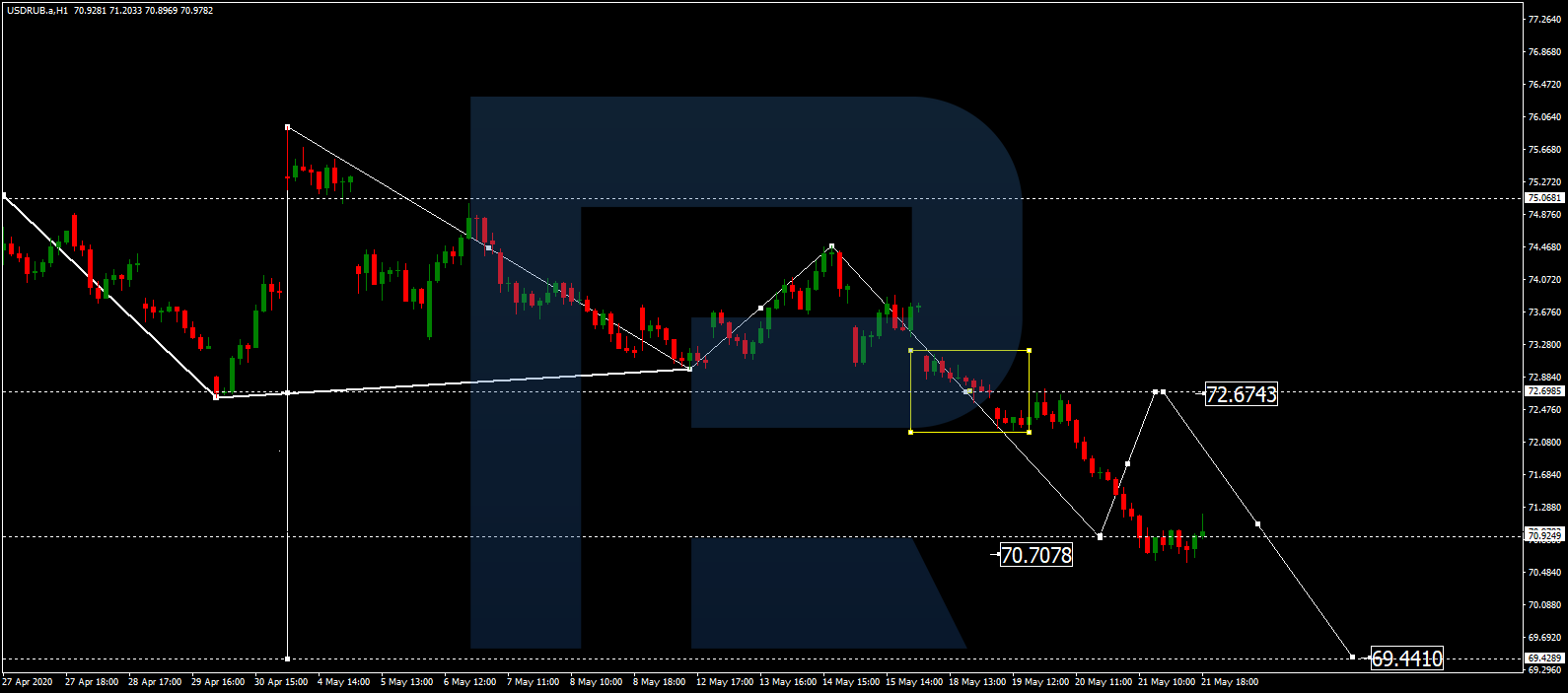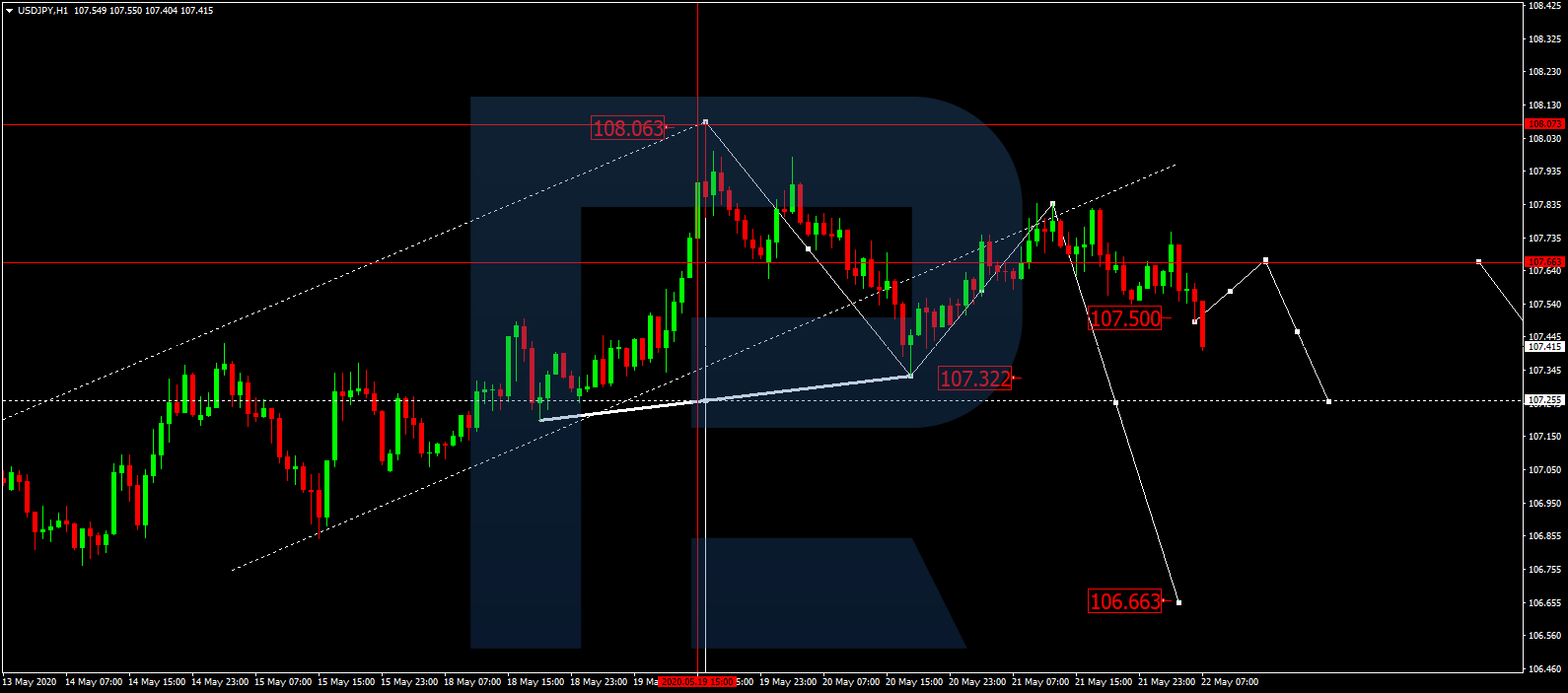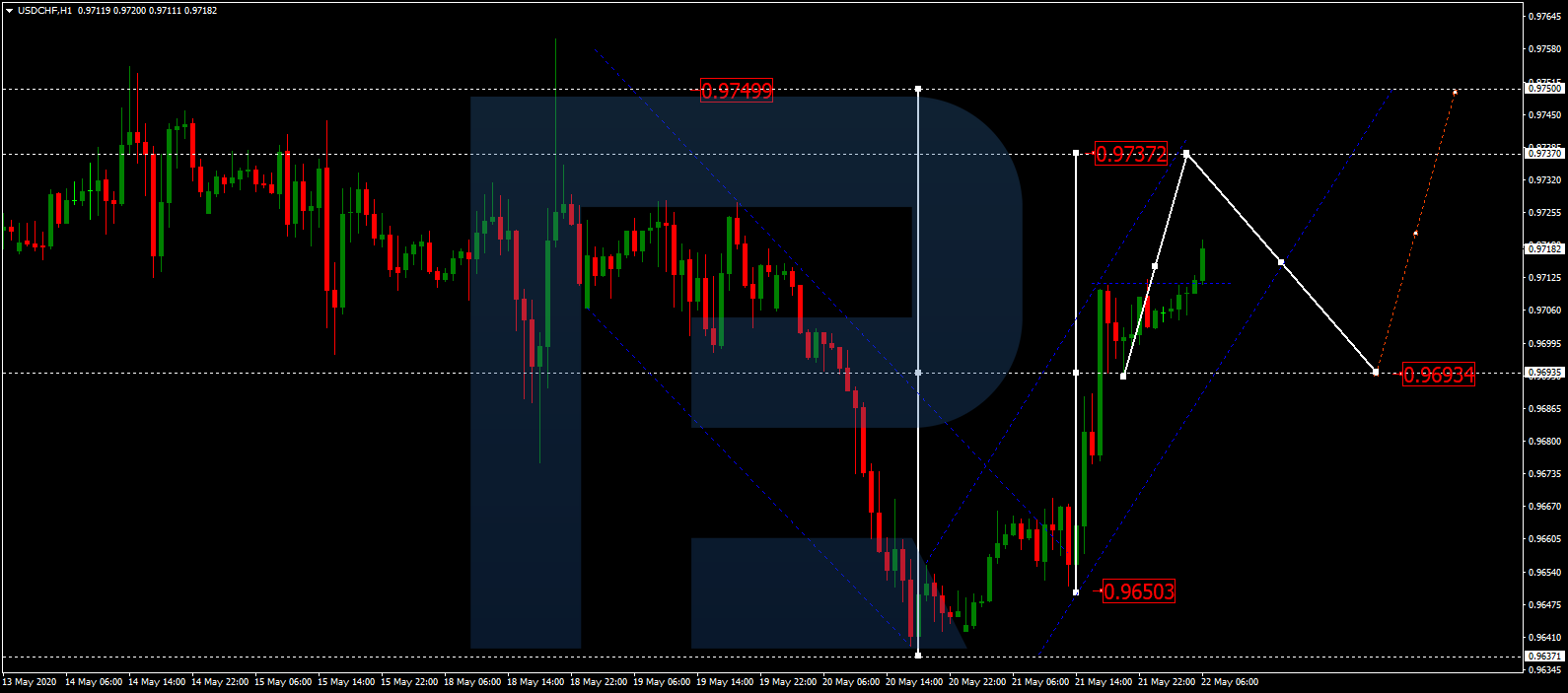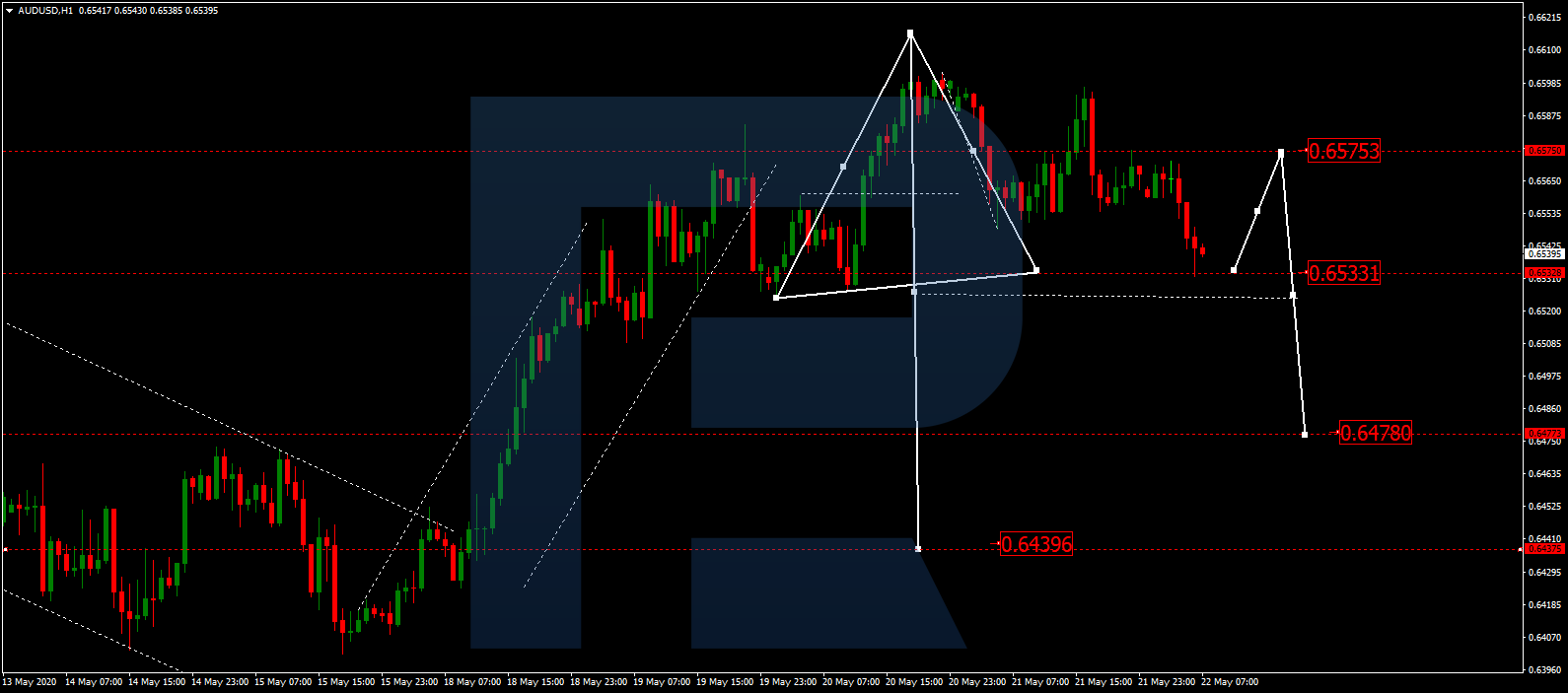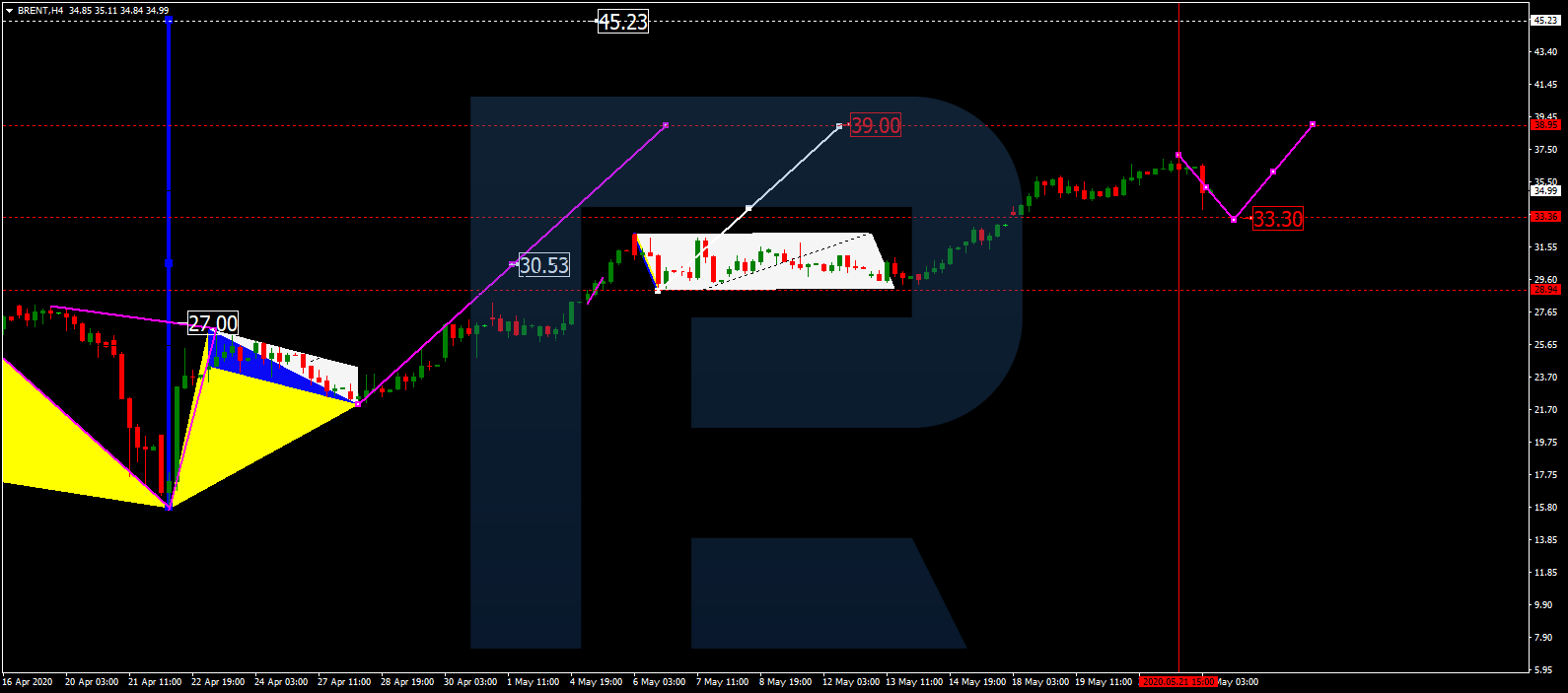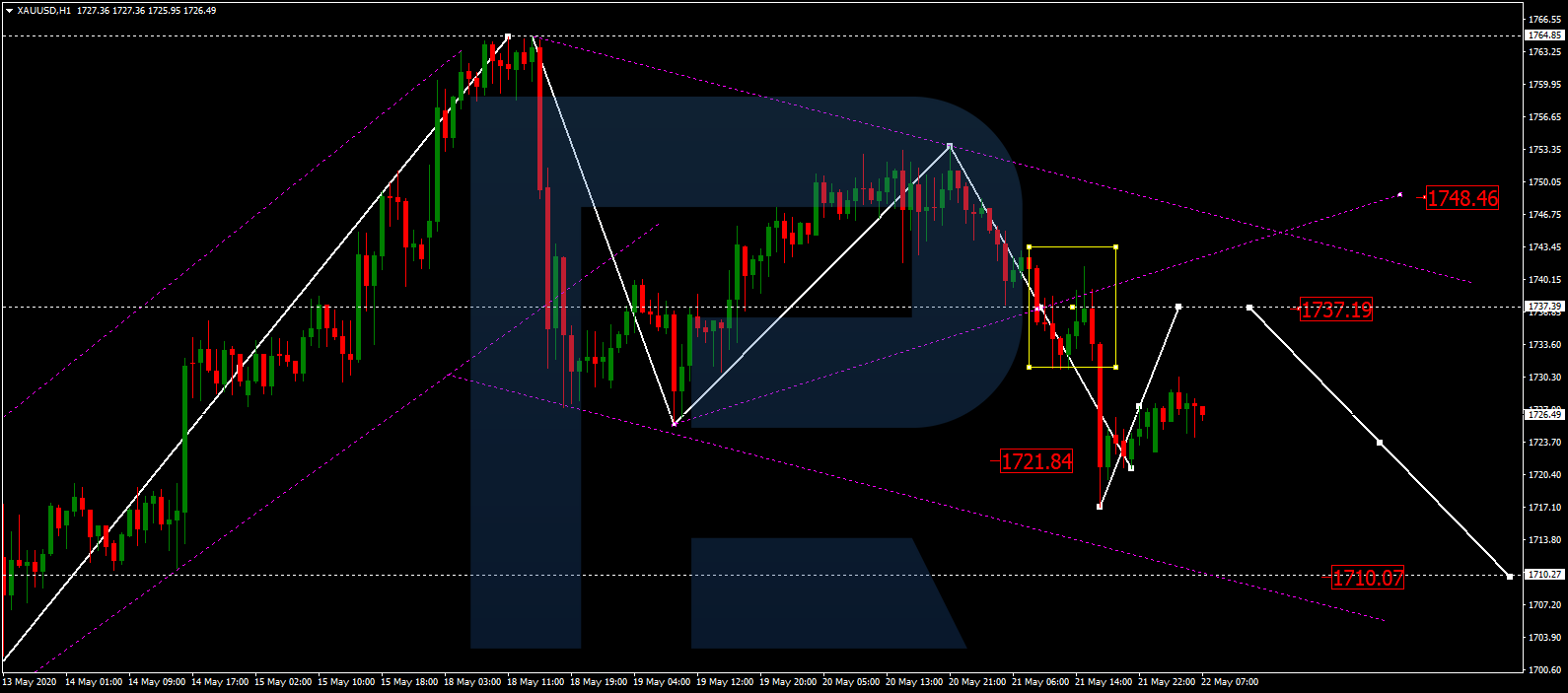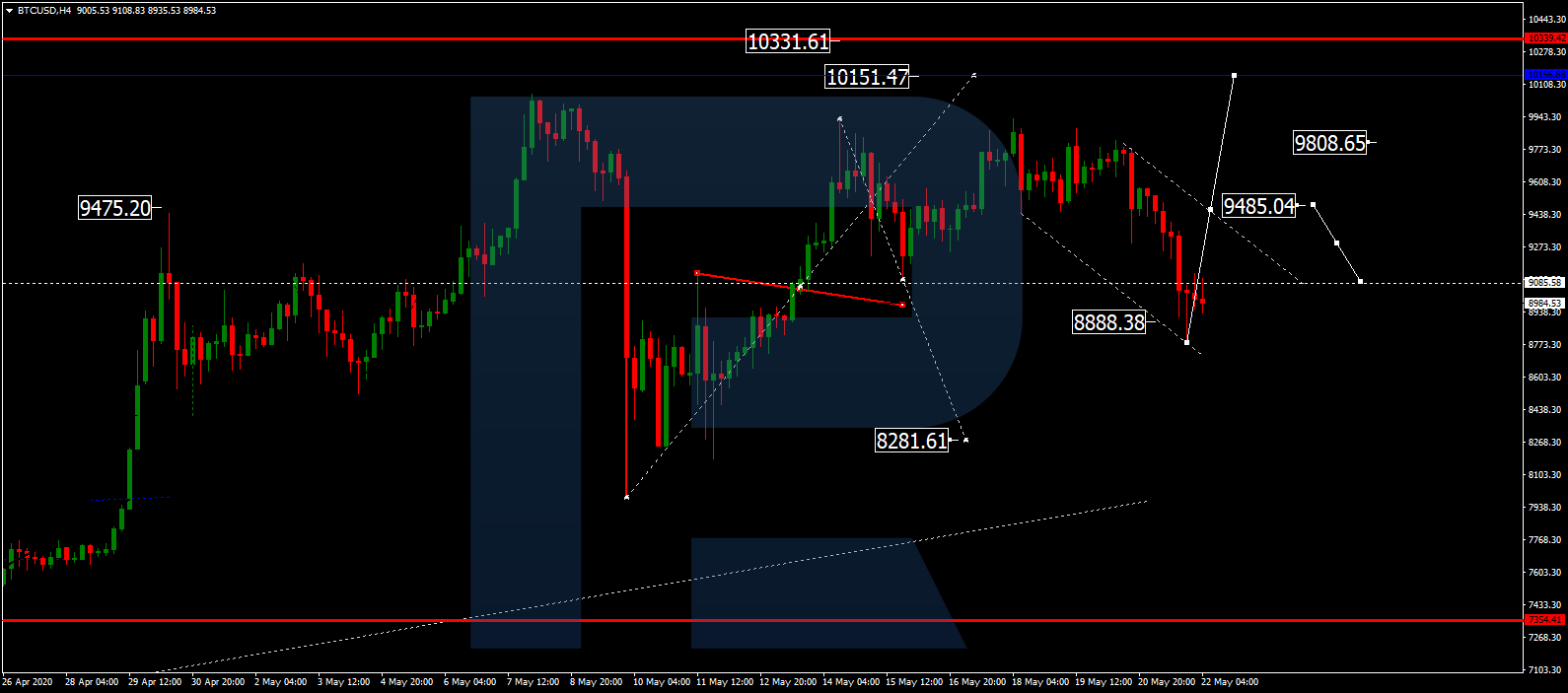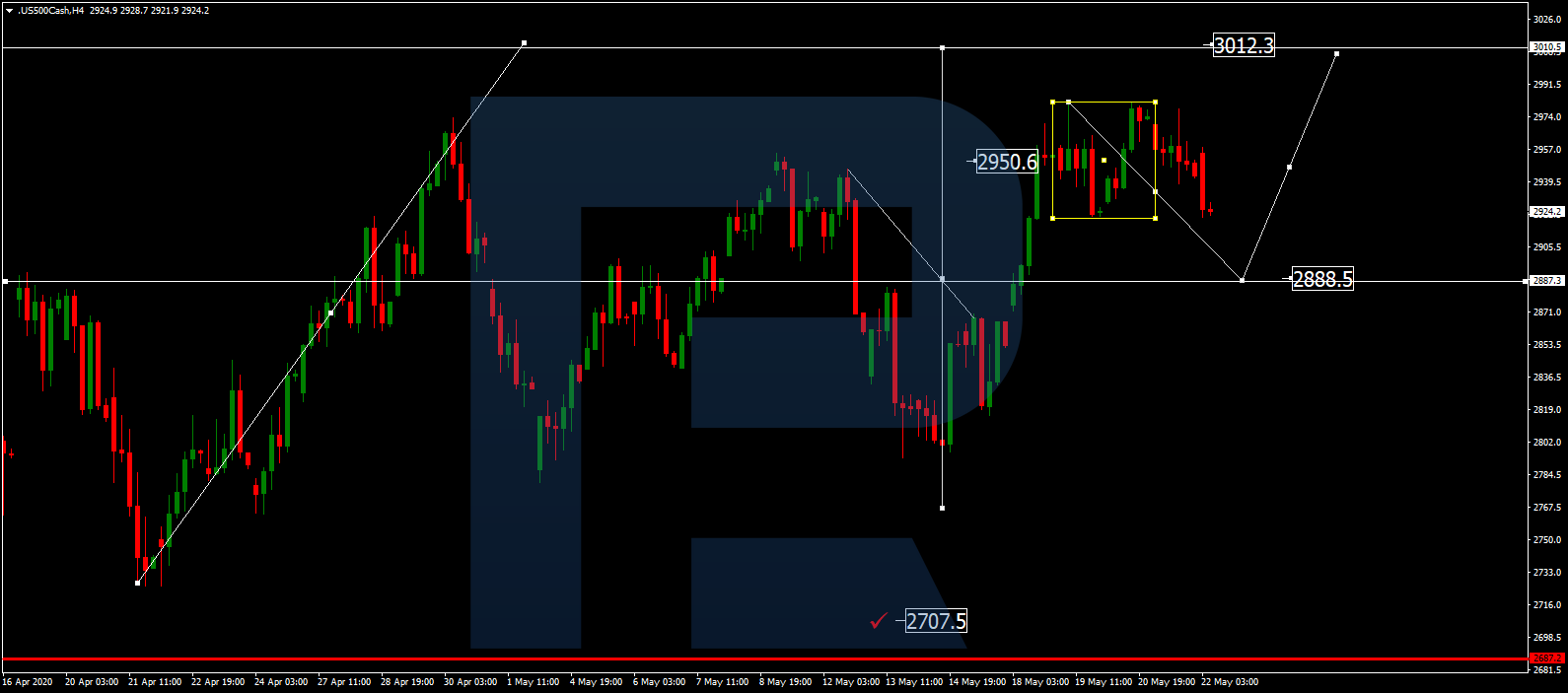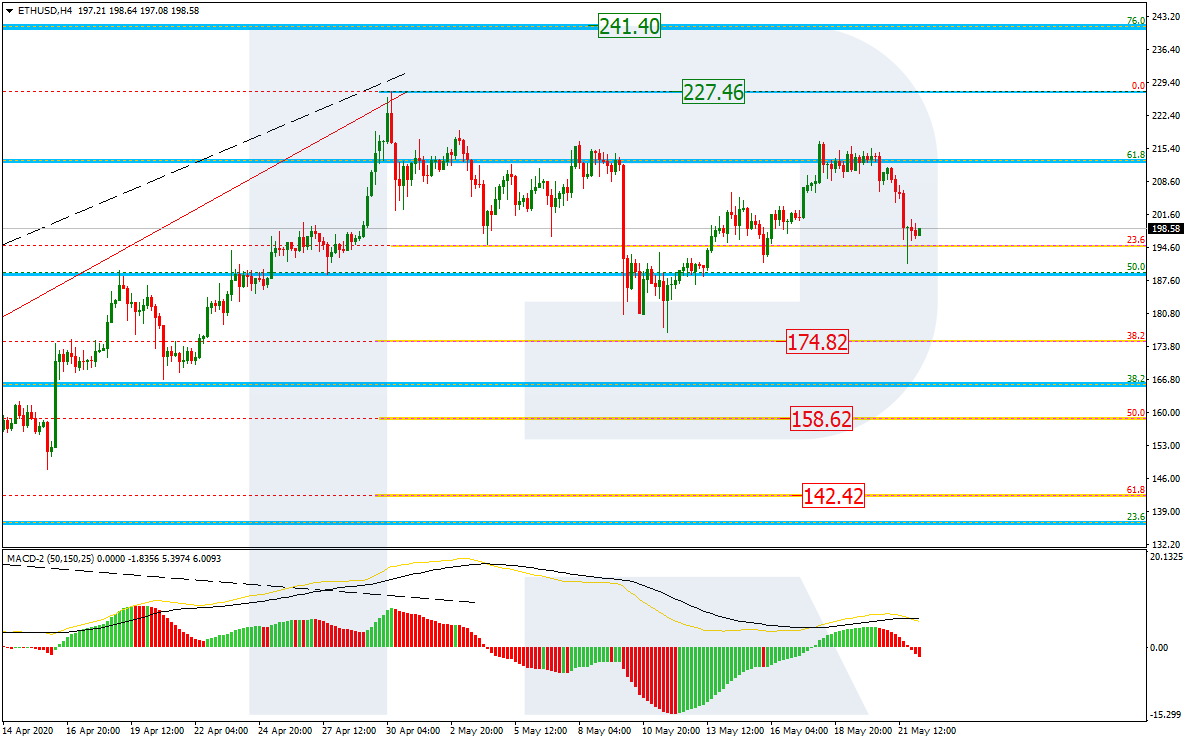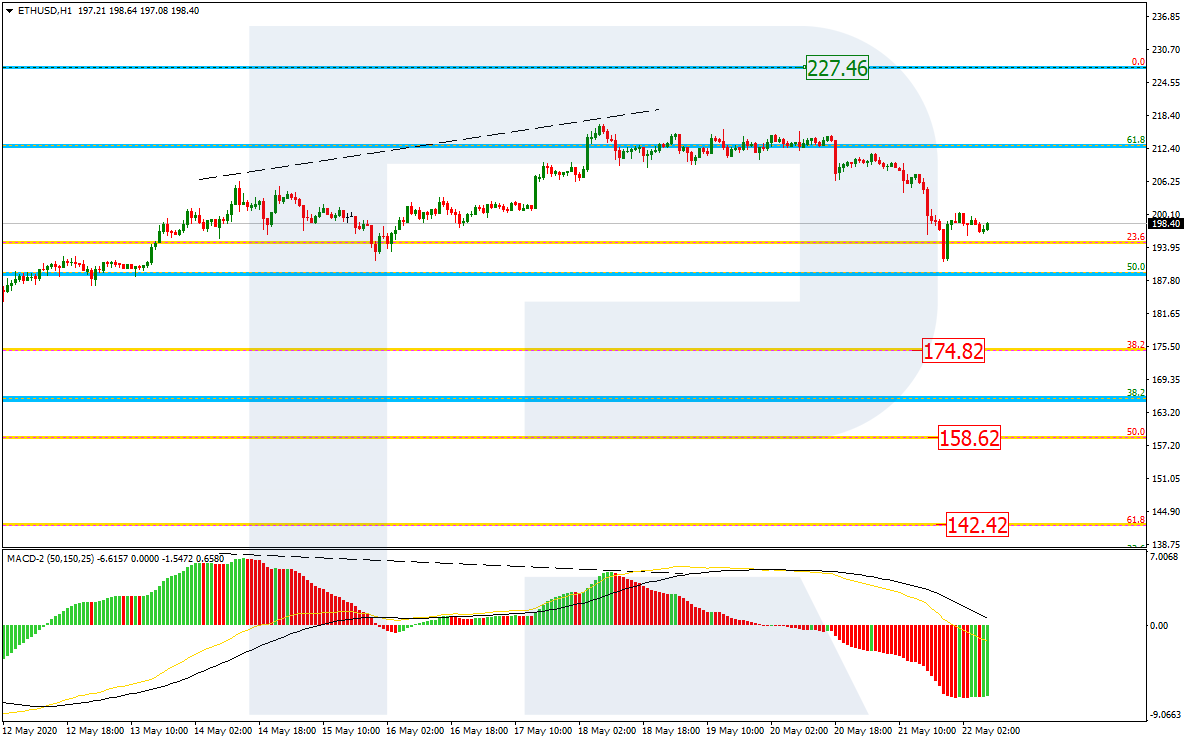By Sara Geenen, University of Antwerp and Boris Verbrugge, University of Antwerp
In Mukungwe, Democratic Republic of Congo, thousands of young men and women live in makeshift huts. They have no access to sanitation or health facilities. They work as manual drillers, carriers or timber specialists in narrow underground tunnels, which exposes them to everything from toxic metals to cave-ins and even suffocation.
They work in teams under different agreements with a local paymaster, sometimes sharing what they find, sometimes receiving a wage or payments in kind. Outside the pits, others work as rock crushers, water carriers, washers or cooks. Small buyers lurk around with hand-held scales, using old coins and toothpicks to weigh the gold. For miners lucky enough to extract a little precious metal, there are dollars to be made from the dust.
In the Philippines, men, women and children work underground. They pan for gold in rivers and creeks, or use hydraulic hoses to extract gold-bearing sediments. Young men even dive for gold in narrow pitch-dark shafts at the bottom of rivers and the ocean.
This is artisanal or small-scale gold mining (ASGM), which supports tens of millions worldwide. ASGM is a broad catch-all term for practices with two things in common: very labour-intensive work and only partial government regulation at best. This guarantees cheap and flexible workers, which drives down the cost of production.
Yet there’s nothing marginal about this mining. The likes of the garimpeiro in Brazil or Mozambique, galamsey in Ghana and ninja miners in Mongolia are often the backbone of local economies. They target small, diffuse deposits that are unprofitable for multinationals, or difficult to reach because of physical or political conditions. As we argue in our recent book, they supply at least one-fifth of all newly mined gold.
Gold mining and coronavirus
This mining is connected to global gold markets through multi-layered trading-networks. From the small buyer hanging around the mines, to the master trader moving gold across the border, to the sourcing agent sent by the Swiss refinery, supply chains are long and complex. Yet there is typically little difference between the global spot price of gold and the going rate outside the mine.
In theory, this puts sellers in a strong position now that gold prices are at eight-year highs. It could be a golden opportunity for those who finance these operations, which can be anyone from veteran miners to paramilitaries, but mine workers are not necessarily benefiting.
They are particularly vulnerable to coronavirus, since there is no social distancing in crowded mining tunnels. Many already have badly damaged lungs, and little access to doctors – let alone publicly funded healthcare.
Mining communities often depend on imported goods. Our contacts tell us that in mining areas in the Democratic Republic of the Congo, basic food prices have risen fivefold.
Then there is lockdown disruption. In some areas of the Philippines, for example, frantic government efforts to combat the virus are preventing miners and buyers from reaching mines. Exporters are stockpiling gold at international airports, waiting for commercial flights to resume and for Middle Eastern and Indian gold bazaars to reopen.
Thanks to this combination of soaring gold prices, supply chain restrictions and cash shortages, the difference between local and global gold prices has widened. In Burkina Faso, Sierra Leone and Peru, it is as much as 40%. Our contacts say that in parts of the Philippines, it exceeds 60%.
For gold traders with cash reserves and the skills and contacts to circumvent pandemic restrictions, this is a lifetime opportunity. In the African Great Lakes region, the NGO Impact reports on rich dealers using private jets to buy cheap gold.
Such buyers are often backed by high-level politicians and military and non-state armed groups. Mine workers often have little choice but to accept highly unequal terms of trade. These times expose the inequalities in the market, and the vulnerabilities of those doing the dirty work.
What should be done?
On the health front, governments must raise COVID-19 awareness and prevent it spreading in these communities. They should continue working with donors to encourage mining practices that limit people’s dust intake and exposure to toxic metals. Together, they need to develop public healthcare systems that extend to these informal workers.
Governments also need to restore miners’ access to the global market, perhaps buying ASGM gold even on a tax-free, no-questions-asked basis. Admittedly, state gold-buying programmes are tricky, as demonstrated in the Philippines, where all production is supposed to be bought and refined by the central bank, but traders have long smuggled gold to Hong Kong.
Governments could also build on responsible sourcing initiatives by the likes of the Responsible Jewellery Council and London Bullion Market Association. These only allow sourcing from “legitimate ASGM” that is tax-registered and formally regulated, or at least undertakes “good faith efforts” to operate legally.
Yet with complex supply chains and proving the origin of the gold difficult, these initiatives may push refineries to ignore small-scale mining altogether. These initiatives also detract from what arguably matters most: the unhealthy and exploitative conditions in most ASGM.
Instead, governments could push a more pragmatic solution, such as the Alliance for Responsible Mining’s CRAFT code, which doesn’t require miners to be part of a formal organisation, while also emphasising safety.
Responsible sourcing initiatives should prioritise working with governments and local organisations to improve public infrastructure and services in these mines. They should facilitate miners’ access to safe mining technologies and the financial services so that they can invest in them. Small-scale mining sustains millions of people: with so much else for governments to worry about, keeping these communities thriving should be the main priority.
About the Author:
Sara Geenen, Assistant professor in Globalisation, International Development and Poverty, University of Antwerp and Boris Verbrugge, Post-doctoral Researcher in Development Studies, University of Antwerp
This article is republished from The Conversation under a Creative Commons license. Read the original article.
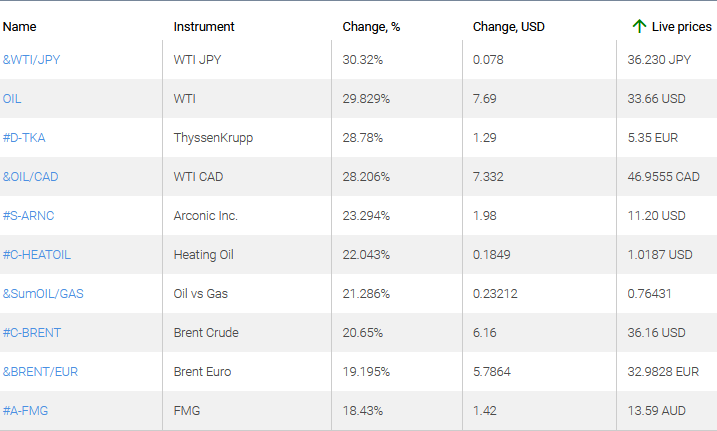
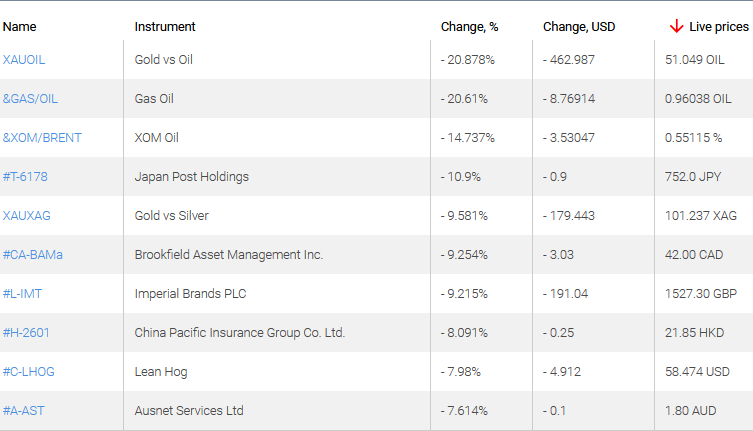
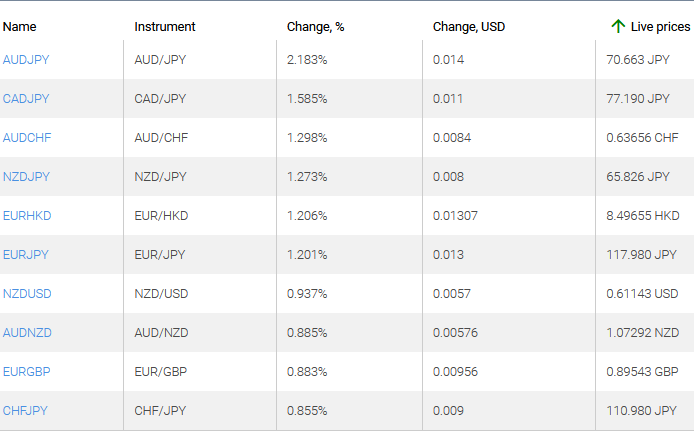
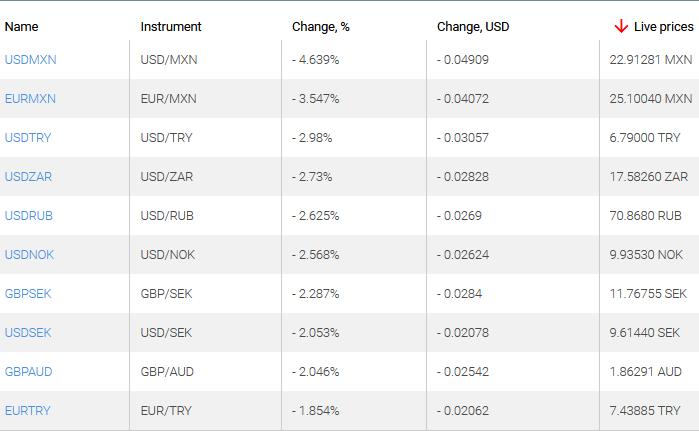




 Article by
Article by 